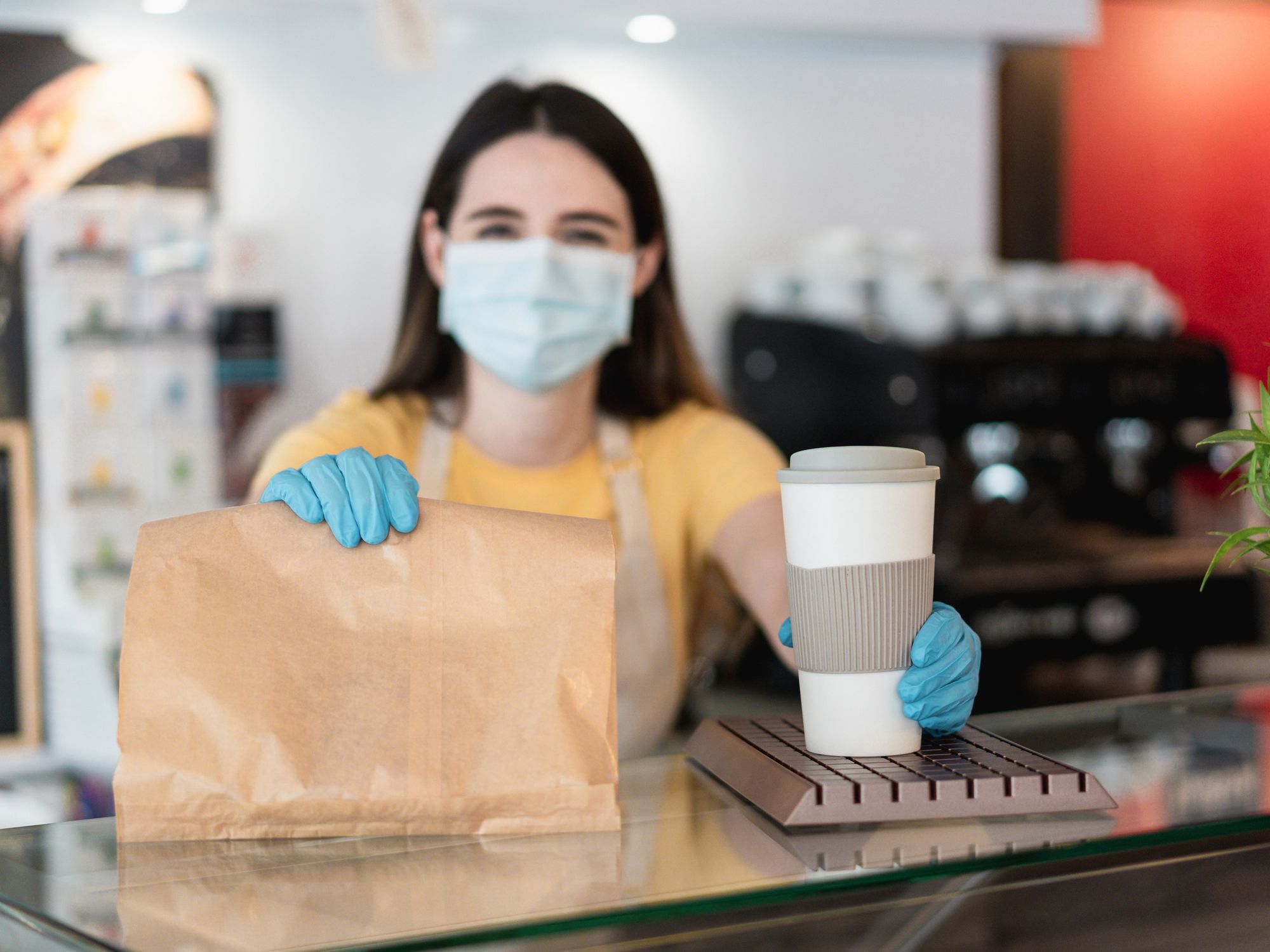Hazard recognition

- In assessing potential hazards, employers should consider if and when their workers may be in close contact (within six feet) with someone who could have the virus and be able to spread it without knowing it.
- OSHA has divided job tasks into four potential risk exposure levels for COVID-19: very high, high, medium, and lower risk.
The Occupational Safety and Health Administration (OSHA) requires employers to provide a workplace free from recognized hazards that are causing or are likely to cause death or serious physical harm (see 29 U.S.C. 654(a)(1)). To meet this obligation, it is important for employers to assess occupational hazards to which their workers may be exposed to the Severe Acute Respiratory Syndrome Coronavirus 2 (SARS-CoV-2) virus.
In assessing potential hazards, employers should consider if and when their workers may be in close contact (within six feet) with someone who could have the virus and be able to spread it without knowing it. The extent of community spread, if any, is a key consideration in hazard assessment. Employers should also determine if workers could be exposed to environments (e.g., worksites) or materials (e.g., laboratory samples and waste) contaminated with the virus.
Employers may rely on the identification of infected individuals who have signs and/or symptoms of Coronavirus Disease 2019 (COVID-19) to help identify exposure risks for workers and implement appropriate control measures. It is possible that someone may have been in close contact (within about six feet) with someone with SARS-CoV-2 in their community and, thus, may have had exposure that should prompt employer action (e.g., excluding the worker from the workplace during an appropriate self-monitoring quarantine period).
Four risk levels
OSHA has divided job tasks into four potential risk exposure levels for COVID-19: very high, high, medium, and lower risk, as listed in the table below. As workers’ job duties change or they perform different tasks in the course of their duties, they may move from one exposure risk level to another. Employers should always rely on current hazard assessments to identify workers’ initial exposure risk to the virus on the job and changes to exposure risk if and when job duties change.
| Risk level | Description | Examples |
| Lower exposure risk | Jobs that do not require close contact (within 6 feet for a total of 15 minutes or more over a 24-hour period) with other people. Workers in this category have minimal occupational contact with the public and other coworkers. |
|
| Medium exposure risk | Jobs that require either frequent close contact (within 6 feet for a total of 15 minutes or more over a 24-hour period) or sustained close contact with other people in areas with community transmission. OSHA notes that because any given person may be an asymptomatic carrier, workers’ exposure risks may increase when they have repeated, prolonged contact with other people in these situations, particularly where physical distancing and other infection prevention measures may not be possible or are not robustly implemented and consistently followed. |
|
| High exposure risk | Jobs with a high potential for exposure to known or suspected sources of SARS-CoV-2. |
|
| Very high exposure risk | Jobs with a very high potential for exposure to known or suspected sources of SARS-CoV-2 during specific medical, postmortem, or laboratory procedures. |
|
